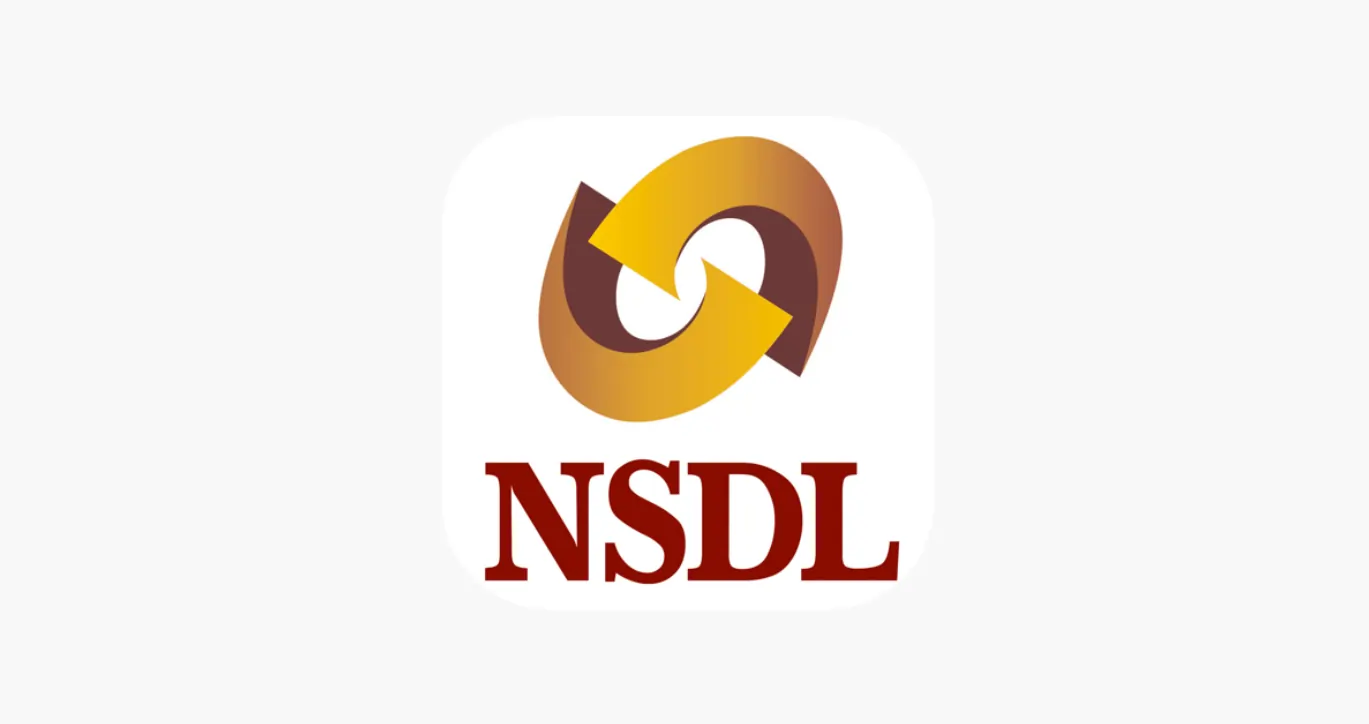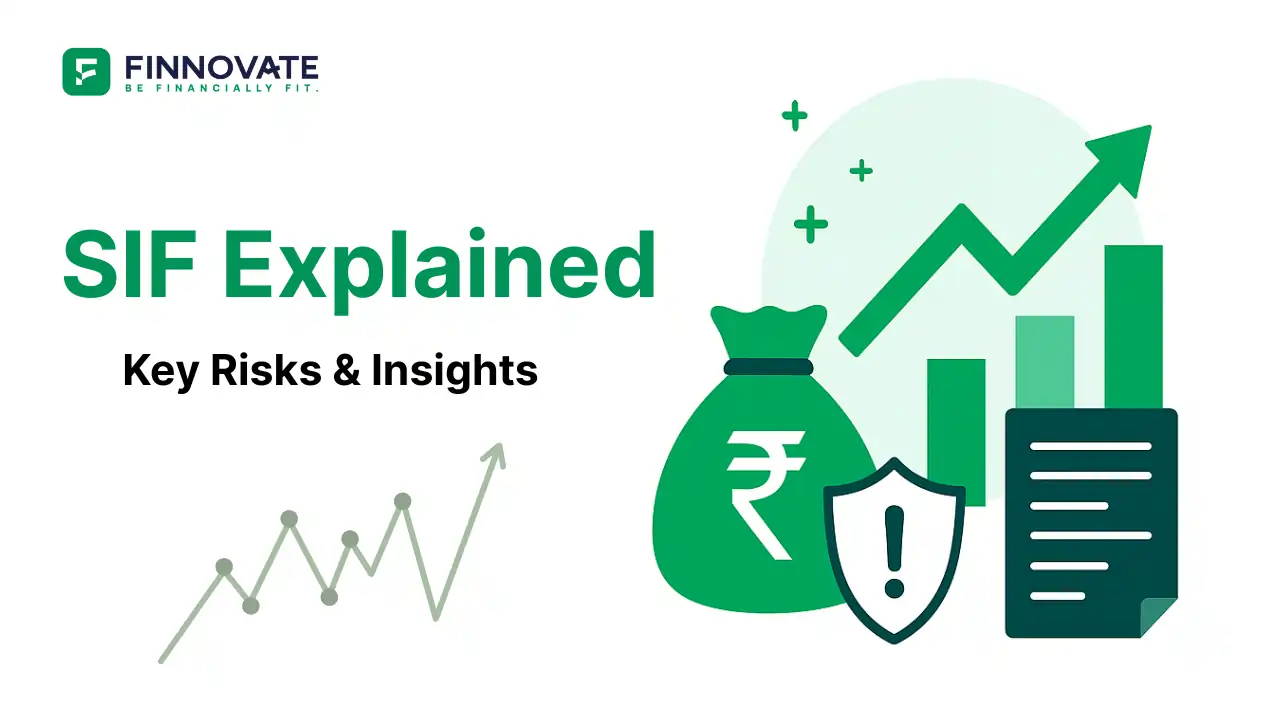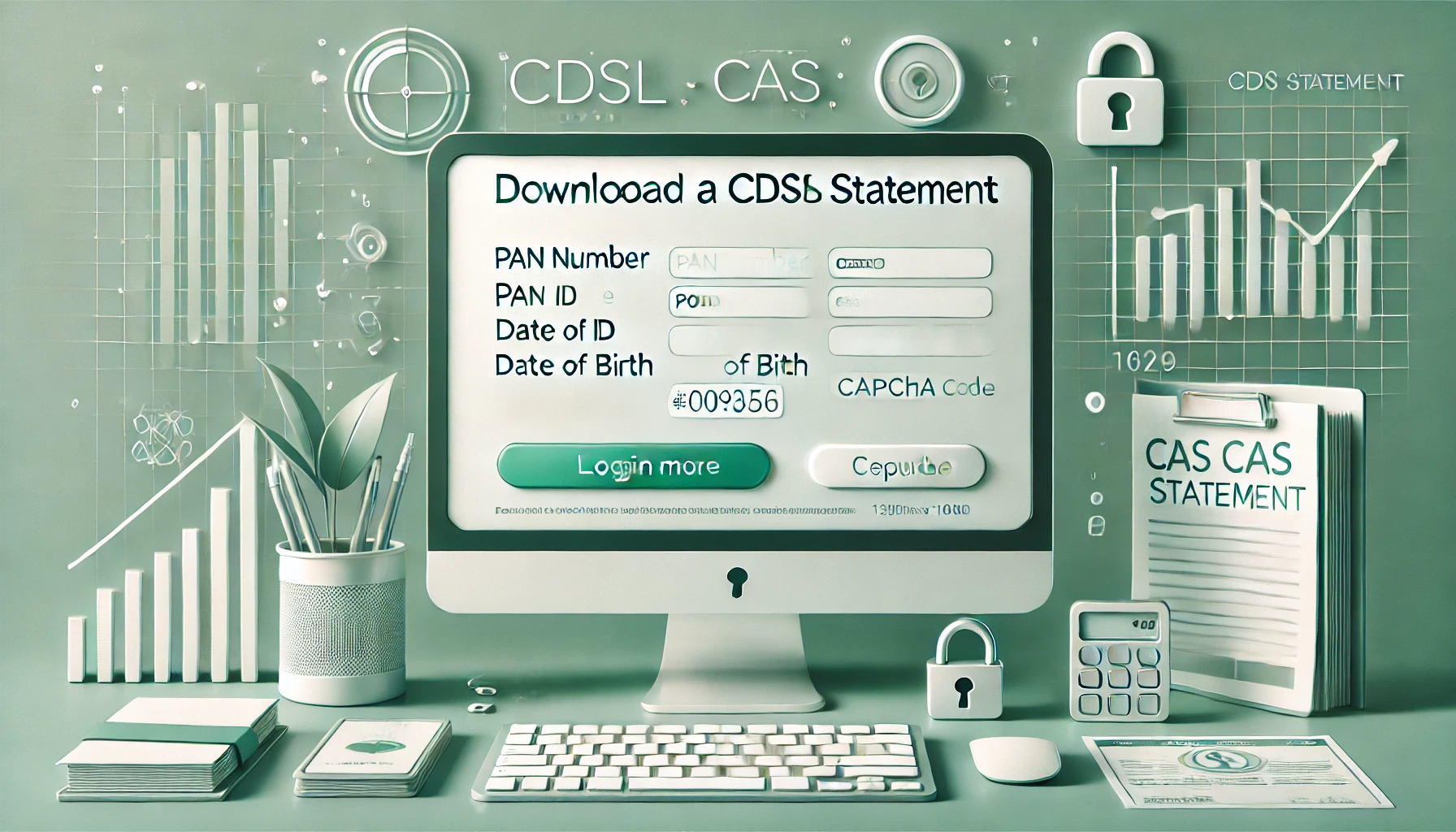
PMS vs Mutual Funds vs AIF in India (2025): Fees, Taxes, Minimums
Compare PMS, Mutual Funds and AIF in India - minimums, fees, taxes (post Jul 23, 2024), li...
If you've ever been confused between wealth management and asset management, you're not alone. These terms are often used interchangeably, but they serve very different purposes in your financial life.
Understanding which one you need - and when - can help you make smarter money decisions and avoid costly gaps in your planning.
Let’s break it down.
Wealth management is a comprehensive service that looks at your entire financial picture, not just your investments.
In simple terms, it’s like hiring a personal Chief Financial Officer (CFO) who helps you manage everything related to money - now and in the future.
A wealth manager typically helps you with:
They create a strategy aligned with your life goals, risk appetite, and income stage - and update it regularly as your needs evolve.
Here’s a simple example:
Priya, a 38-year-old business owner, earns ₹2.5 crore annually. She has a home loan, two school-going children, and is thinking about overseas education, tax-saving, and retirement planning. A wealth manager helps her build a complete roadmap - including investments, insurance, tax strategy, and succession planning.
Asset management is focused only on investments. It deals with how your money is allocated and grown across market-linked instruments like:
The goal here is to grow your wealth based on your financial goals, time horizon, and risk profile. Asset managers monitor markets, rebalance portfolios, and tweak allocations - but typically don’t provide support for tax planning, insurance, or life goals.
Example:
Rohan, a 32-year-old salaried professional, wants to invest ₹20 lakhs from his bonus and savings. He has no dependents, no loans, and already has term insurance. He just wants to maximize returns on his corpus. An asset manager helps him build and manage a portfolio across large-cap, mid-cap, and debt funds.
| Feature | Wealth Management | Asset Management |
|---|---|---|
| Scope | All aspects of personal finance | Only investment-related |
| Focus Area | Comprehensive planning | Portfolio growth |
| Services Included | Investments, tax, insurance, retirement | Only investments (MFs, PMS, stocks) |
| Ideal For | HNIs or professionals with complex finances | Investors seeking portfolio support only |
| Fees | % of AUM or flat fee | % of AUM or brokerage |
| Personalization | Tailored to life goals | Focused on market allocation |
| Involvement | Regular life-stage reviews | Market tracking and rebalancing |
You should consider wealth management if:
Learn how our 6-step Advisory Services help align your financial goals with your income and investments.
Asset management may be the right choice if:
1. Vedant (IT Consultant, Age 35):
Wants to invest ₹10L annually, but already has life/health insurance and CA support for tax filing. → Asset Management
2. Richa (Entrepreneur, Age 45):
Has ₹2Cr investable surplus, income from multiple sources, and wants to plan for daughter’s education + estate setup. → Wealth Management
Here’s a simple rule:
Ask yourself:
Still unsure? This guide might help:
DIY vs Professional Wealth Management
Both services are useful - but at different points in your journey.
| Life Stage | What You Need |
|---|---|
| Just starting with investing | Asset management may suffice |
| Multiple financial goals & higher income | Wealth management becomes essential |
| Want to structure legacy and plan long term | Wealth management provides the right tools |
Yes, many SEBI-registered advisors offer both wealth and asset management. However, confirm whether they are fee-only advisors or commission-based distributors.
No. Many professionals begin structured wealth planning once their annual surplus exceeds ₹15–25 lakhs or if their finances get complex.
If you’re juggling EMIs, SIPs, insurance, and goal-based saving - a wealth manager can bring clarity. Else, you can start with focused asset management.
Wealth Managers: May charge a flat fee (₹25k–₹1L per year) or a percentage of assets managed (AUM).
Asset Managers: Usually charge a % of your investment or earn commissions from the products they sell.
Want to understand how tax planning fits into your wealth strategy?
Read our complete guide to Tax Planning in India
Disclaimer: This article is for informational purposes only and should not be considered as financial advice or a recommendation. Please consult a SEBI-registered financial advisor for personalized guidance based on your specific situation.
Popular now

Learn how to easily download your NSDL CAS Statement in PDF format with our step-by-step g...

Explore what Specialised Investment Funds (SIFs) are, their benefits, taxation, minimum in...

Learn How to Download Your CDSL CAS Statement with our step-by-step guide. Easy instructio...

Analyzing the potential economic impact of the 2025 India-Pakistan conflict on India's GDP...